Where to live in Addis Ababa
Addis Ababa gives the impression of a capital that is looking to the future while still being firmly rooted in the past.
Its fabric bears witness to the various stages in its history, from its imperial origins in the late 1880s through the Italian colonial occupation of 1936-41 to the Marxist dictatorship of 1974-1991. Now partial liberalisation has triggered a spate of private development, with slick new hotels, commercial and residential buildings going up in many parts of the city at breakneck speed. Democratic reform has followed a more turbulent path and violent political unrest following contested parliamentary elections in May 2005 was a reminder that the situation in the country remains volatile.
Addis Ababa hangs loosely around the old market area of Arada at the northern end of Churchill Avenue and the newer commercial and administrative district to the south. Most residents live in extremely poor conditions in densely populated areas around this central axis; rich Ethiopians and foreigners are scattered across the rest of the city, with concentrations in the area south of Old Lideta Airport (Mekanisa) to the southwest and in the areas of new expansion to the east and southeast. Addis Ababa has a large diplomatic community centred around the United Nations Economic Commission for Africa and the African Union, both of which are headquartered here.
Expatriate housing has traditionally been in bungalows and larger houses in their own compounds, although apartments in low-rise blocks are beginning to catch on. Good private accommodation is now easy to find. Fresh food is readily available and extremely cheap; electrical appliances can be found in Addis Ababa but the choice is limited and most foreigners import these and other major household items.
The decentralised nature of the city combined with its altitude (at around 2,500 m above sea level it is the third highest capital in the world) and heavy pollution can make getting about on foot a chore but there is a cheap and very efficient network of minibuses serving all areas. By all standards, Addis Ababa feels, and is, extremely safe.
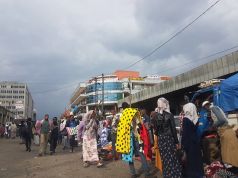
Addis Ketema, meaning New Town in Amharic, due west of Arada, is best known for its open market, Mer...
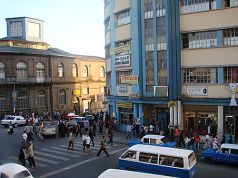
Arada is one of the oldest parts of Addis Ababa and also one of the areas where the early history of...

This quiet, leafy residential area to the east of the centre contains a mix of accommodation, from a...

This is a new area expanding to the southeast of the city centre and is a favourite with high-income...

This new settlement, just off the ring road to the east of the city and close to the international a...
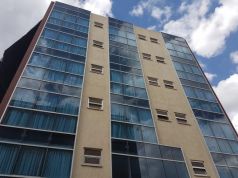
Gofa Sefer, beyond Cherkos and Kera to the south, is a densely populated and heavily congested resid...
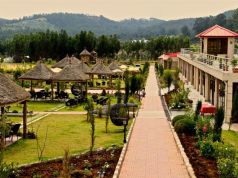
This hilly area northwest of Arada has seen a recent influx of middle-income Ethiopians attracted by...

Stretching north from Arada almost to Entoto, the site of Ethiopias itinerant capital before Emperor...
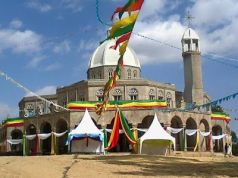
This area 12 km east of the city centre, also known as civil service area after the Ethiopian Civil...

This area at the southern end of Churchill Avenue is the nearest thing the city has to a central bus...
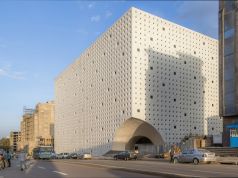
Crowded Lideta southwest of the city centre is home to a mostly low-income population comprising day...
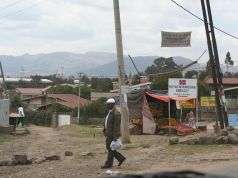
This wealthy area, popular with the large expatriate community, is south of old Lideta airport, from...

This mixed-income area east of the city centre offers a variety of housing from modest bungalows in...









